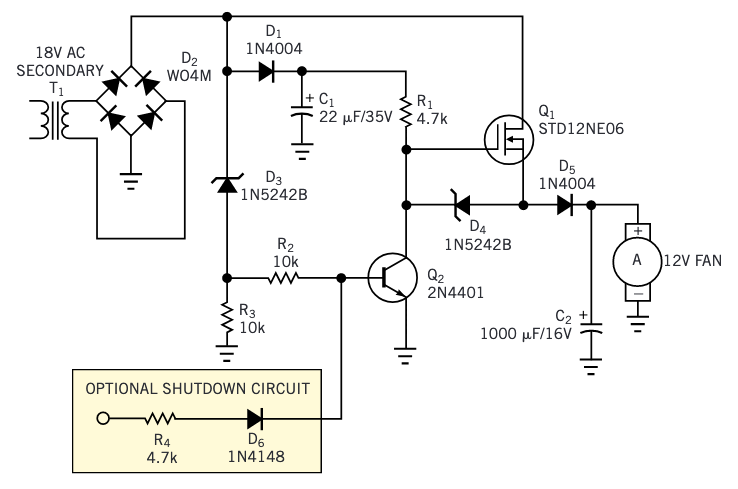MOSFET Switching Transient Tips for Indian Prototypers

🔧 The Problem :
When switching MOSFETs at high speed, voltage spikes (transients) can appear due to parasitic inductance. These spikes can damage your MOSFET or nearby components, especially in SMPS and motor control applications.
✅ The Solution :
To reduce transients, use a gate resistor (10–100Ω) to slow the switching slightly, add a snubber circuit (RC network across the drain and source), and ensure short, wide PCB traces to lower inductance. A fast flyback diode is essential when driving inductive loads.
⚙️ Practical Example :
Suppose you’re driving a small DC motor using an N-channel MOSFET. When switching off, the motor’s inductance can cause a high-voltage spike. Adding a 100nF capacitor and a 10Ω resistor in series across the MOSFET (as a snubber) absorbs the energy and protects your circuit.
📐 Sample Calculation :
If your motor coil has 1µH inductance and you switch off in 50ns:
V = L × (di/dt) = 1µH × (2A / 50ns) = 40V spike
A snubber helps reduce this spike to safe levels.
🛠️ Product Suggestion :
Explore high-quality, Made in India parts:
🔹 MOSFET
🔹 Flux
Shop now at SmartXProKits.in
Support our work and India’s innovation—buy from our Make in India site!




















